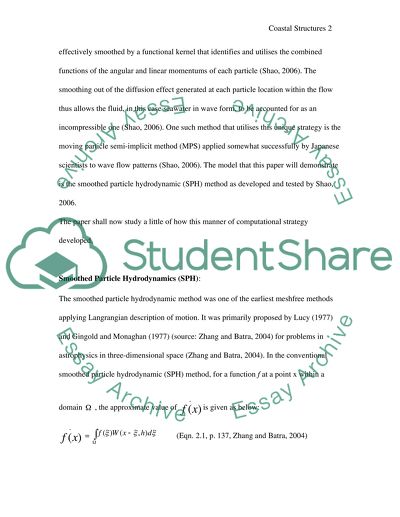Cite this document
(“Wave Overtopping on Coastal Structures Essay Example | Topics and Well Written Essays - 3500 words”, n.d.)
Retrieved from https://studentshare.org/science/1522155-wave-overtopping-on-coastal-structures
Retrieved from https://studentshare.org/science/1522155-wave-overtopping-on-coastal-structures
(Wave Overtopping on Coastal Structures Essay Example | Topics and Well Written Essays - 3500 Words)
https://studentshare.org/science/1522155-wave-overtopping-on-coastal-structures.
https://studentshare.org/science/1522155-wave-overtopping-on-coastal-structures.
“Wave Overtopping on Coastal Structures Essay Example | Topics and Well Written Essays - 3500 Words”, n.d. https://studentshare.org/science/1522155-wave-overtopping-on-coastal-structures.


